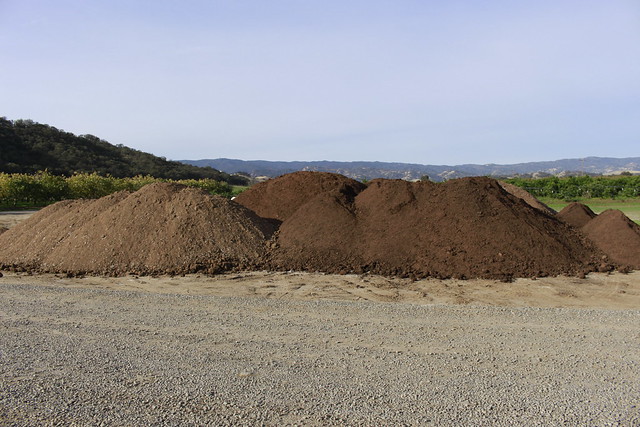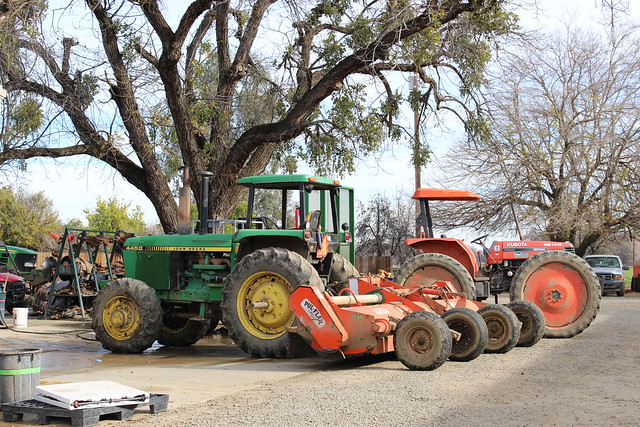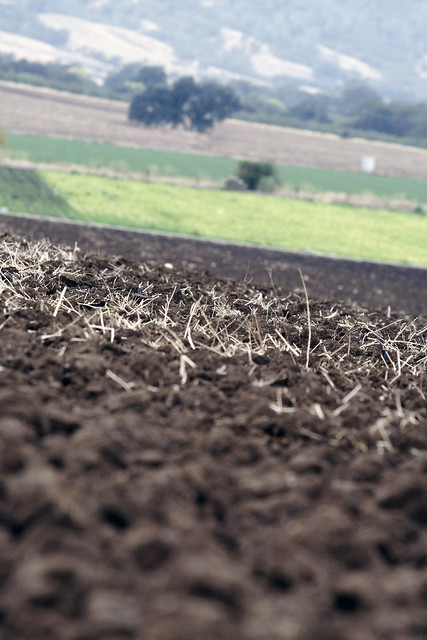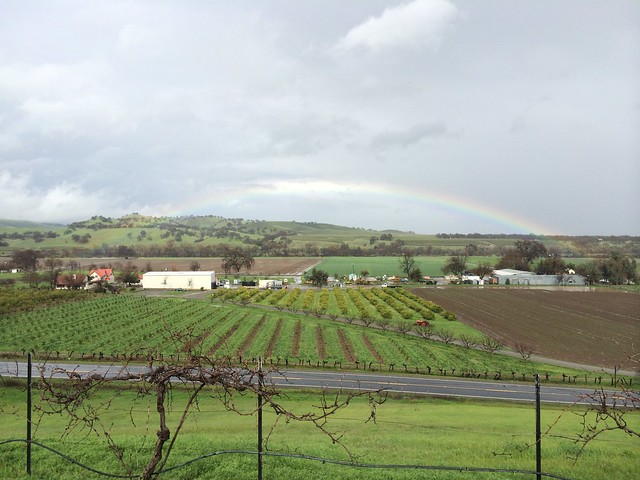FARM NEWS
Just as fall beings to turn to winter, we place one large order. It shows up one huge trailer at a time pulled by the clattering of a diesel semi truck and for a whole day a set of these truck and trailers focuses only on our farm.By the end of the day, the staging area is mounded with a sea of black compost that looks like a mini mountain range with its peaks, slopes and small valleys. The smell is not exactly pleasant, at least not the first time – it is an odor that invades the entire farm and leaves puzzled looks on the faces of folks who don’t know the compost for the year has arrived. I, however, had developed a taste for this smell as a proxy for the soil that feeds my crops. I appreciate the pungent and complex smell in the same way some folks appreciate the smell of cheese that is just too ripe.
The kids stare longingly at the piles wishing for nothing more than to conquer their peaks and fill their shoes and socks with the material. I, the parent, do everything I can to avoid letting the little rug-rats have their way with the pile, but inevitably they find it and pretend it is snow, doing with the compost all things that they would do with the snow, including eating just a little bit. I suppose I should worry about the playground of composted manure, but I don’t. The composting process raises the temperature of the material to levels that kill any harmful pathogens and whatever remains is sure to strengthen their immune systems and perhaps add some healthy bacteria to their guts.
The next day the spreading begins, a process that we hire someone with the specialized equipment to do. One huge front-end loader and two tractors each pulling their own spreader are what is needed to distribute the huge piles evenly over our orchards and next year’s tomato fields. As the piles get smaller, the smell gets bigger. When the piles are gone, I am always surprised to see how small a layer is on the fields. It would even be hard to call it a layer. It is more of a dusting that can be noticed beneath the four-inch cover crops in the orchards, but certainly not a continuous thickness. But this is enough to build precious, organic matter and lay a healthy couple of hundreds of pounds per acre of nitrogen down that will be used by next season’s crops.
The best years deliver a rain just after the spreading is done, and this was one of those years. The fresh rain settled the smell and started to work the material into the soil. Now the farm sits with its fields better off for next season, and the air is as crisp as the brisk mornings.
Enjoy your boxes - Thaddeus



